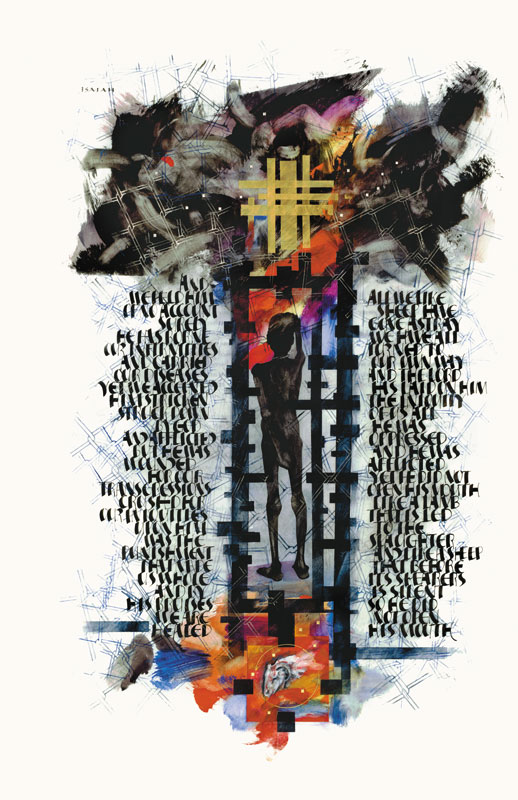The concept behind the illuminated manuscript is very simple—it is a (usually medieval) book, with beautiful, intricate, ornate illustrations. They usually contained content of a religious or stately nature, although I will only be advocating for their style to live on, and not their content.
Simple complexity is something we see all throughout the ancient and
medieval world. By simple complexity, I mean the stretching of a simple idea
as far as it will go. An example of this is the pipe organ, which at its
heart uses only the principle of blowing air through different-sized tubes.
The medieval people took this idea, and created grand organs, with hundreds
of pipes, each controlled by tiny wooden rods. This, however, did not
require any substantial new science, thinking, or improvement of the concept
itself—just painstaking detail and patience.
The same is true with the illustrations in an illuminated manuscript. Being
created before the Renaissance, medieval authors did not know of
perspective, anatomy, or any of the other knowledge needed to make art. They
took simple patterns, geometric shapes, and flat drawings, and repeated and
ornamented them with such a level of detail as to make them beautiful.
There is a reason why the illuminated manuscript was used by the Church, and
by the State. It is because it is a highly powerful way of getting
information across. The decorations on this page are not particularly
powerful and are thus not a good example. Firstly, this page uses my default
web style, so the illuminations (if you can even call them that) are not
particularly relevant to the content. Secondly, this is just a small opinion
piece, so of course, it will not be as powerful as the typical content that
fills an illuminated manuscript.
However, the right content, combined with the right illuminations, can
produce something incredibly powerful. Combining artwork with literature
creates something uniquely elevated. A brilliant example of this is the
legendary Saint John's Bible, pictured below. Carl Jung's Liber Novus also
contains many brilliant illuminations, and it shows what the devoted amateur
can do.

If you have a horror story, or a manifesto, or a treatise on love, death,
war, or power, or some other serious nonsense, then I reccomend you consider
turning your text to an illuminated manuscript, be it one of html, or of
pdf, or of something else, to give it that extra spookiness, beauty, power,
and importance. You can also create illuminated poetry.
PS --- Not all illuminated manuscripts are created equal, and to say that
they don't require knowledge of art or talent would be reductive. Many of
them require massive skill to create, even with the aid of a computer. Many
of them use perspective or render beautiful human faces. But yours don't
have to if you don't have the skill for it.